What will life be like after the coronavirus pandemic ends?
Experts predict the social consequences of COVID-19

A New York University professor holds class over Zoom in April. Remote learning could become more common, a sociologist predicts.
Robert Nickelsberg/Getty Images
As 2020 blessedly clangs to a close, it’s tempting to wonder where we’re headed once the pandemic is history. In the spirit of year-end curiosity about COVID-19’s possible long-term effects, Science News posed this question to a few scholars: What major social changes do you see coming after the pandemic? As baseball’s Yogi Berra once said, “It’s tough to make predictions, especially about the future.” The following forecasts, edited for length and clarity, aren’t written in stone and aren’t meant to be. But they raise some provocative possibilities.
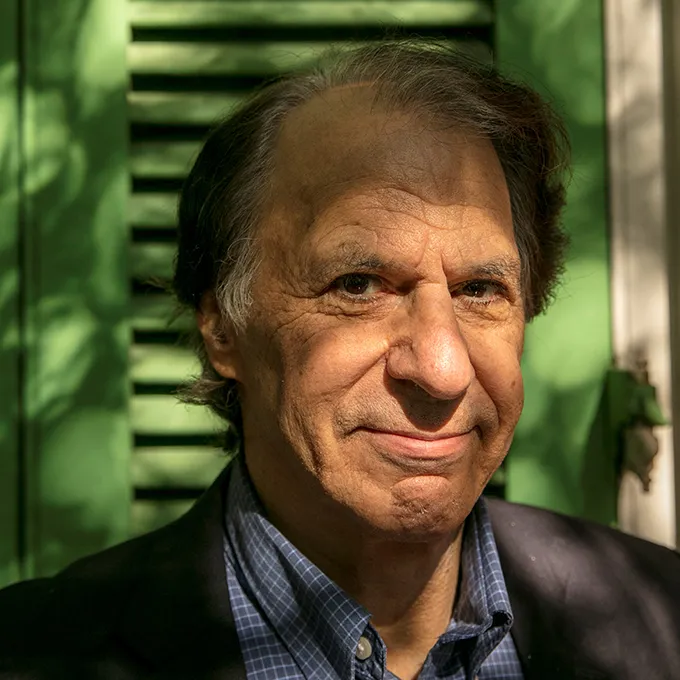
John Barry
Historian, Tulane University
Author, The Great Influenza: The Story of the Deadliest Pandemic in History
What happens in the next six months will have a disproportionate impact on what happens in the more distant future. If vaccines are very effective, if immunity lasts for a few years, if therapeutic drugs come online that are highly effective and if we have broad usage of cheap rapid antigen tests that can assure people that others around them are safe, I would foresee relatively few changes other than the really obvious ones, such as more work from home, teledoc services and a decimation of small business.
If the virus remains a threat, changes could be pretty profound, all stemming from a de-densifying, if there is such a word, of life in general. This trend would affect where and how people live and work, the housing market, commercial real estate practices and the interior design of buildings. There would be more cars and less mass transit.
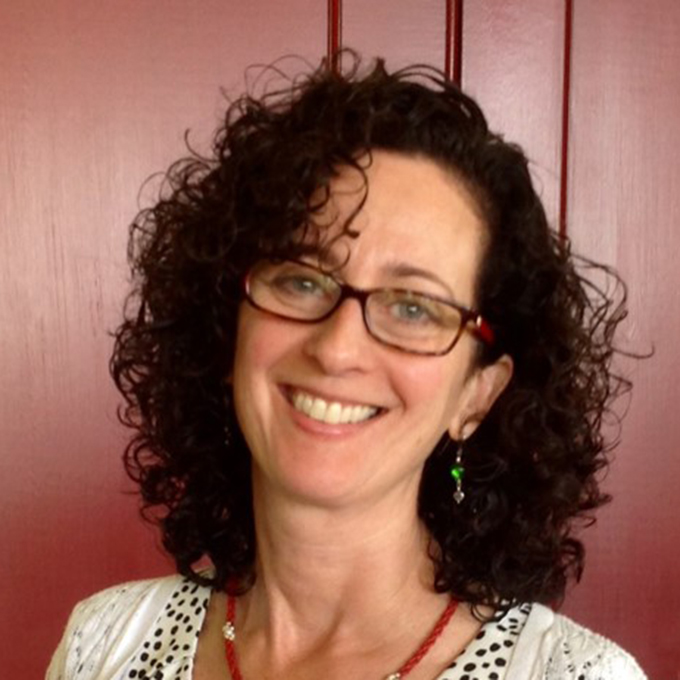
Katherine Hirschfeld
Medical anthropologist, University of Oklahoma
Author, Gangster States: Organized Crime, Kleptocracy and Political Collapse
The changes that I think are most likely include increasing political division and increased economic inequality in the United States and elsewhere, with the basic science of epidemiology and public health attacked and undermined by conspiracy theories spread on social media. If an effective vaccine is developed and becomes widely available in 2021, then the pandemic will contract, but the social environment will still support new disease outbreaks. There is no reason to assume that a post-COVID world will be a post-pandemic world.
If this sounds unusually grim, it may be due to my years of research exploring post-Soviet conflicts, when many multicultural countries fell apart in warring factions that triggered epidemics of easily preventable diseases.
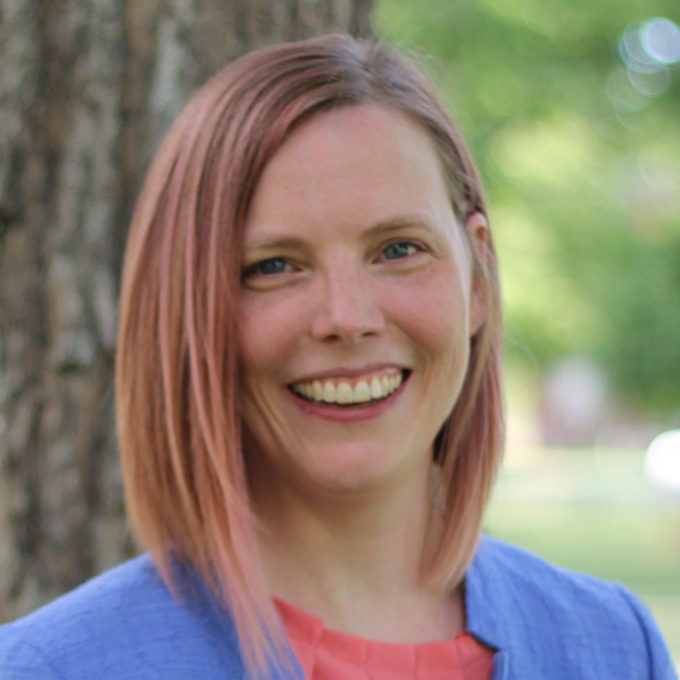
Anna Mueller
Sociologist, Indiana University Bloomington
2020 SN 10: Scientist to Watch
The pandemic has shown us how online teaching can be a tool that makes the classroom more accessible, particularly for students with disabilities. In the past, I’ve had students who sometimes struggled to attend class because they were coping with anxiety or living with significant pain. They needed my empathy and flexibility with class attendance but still missed the classroom experience. I now realize how easy it is to turn on a camera and pop on a microphone so they can join from the comfort of their homes.
Given the number of families that have lost jobs or income due to the pandemic, we’re going to see an increase in children who have experienced deprivation, insecurity and traumatic stress. These challenges early in life can have lasting consequences for physical and mental health, and for academic achievement. Without active steps to help affected children and their families, this will have a long-term tragic effect on U.S. society.
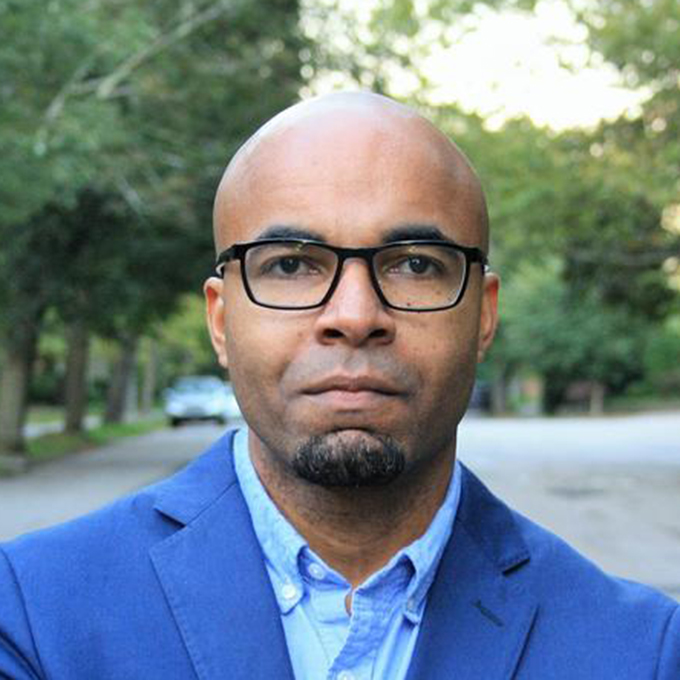
Mario Luis Small
Sociologist, Harvard University
Author, Someone to Talk to: How Networks Matter in Practice
COVID-19 has shown that a lot, though by no means all, of higher instruction can happen online. Parents and students will likely ask how much of the on-campus experience is truly needed and demand alternatives. And when the virus is under control, I suspect that companies, organizations, governments and individuals will take a look at their travel practices and decide to cut back, although many of us will yearn to engage in the physical contact that is part of social interaction.
I wonder what new strategies people will have learned to fight loneliness and avoid isolation, which of them will last after the pandemic ends and how those strategies will affect our sense of being part of the collective.
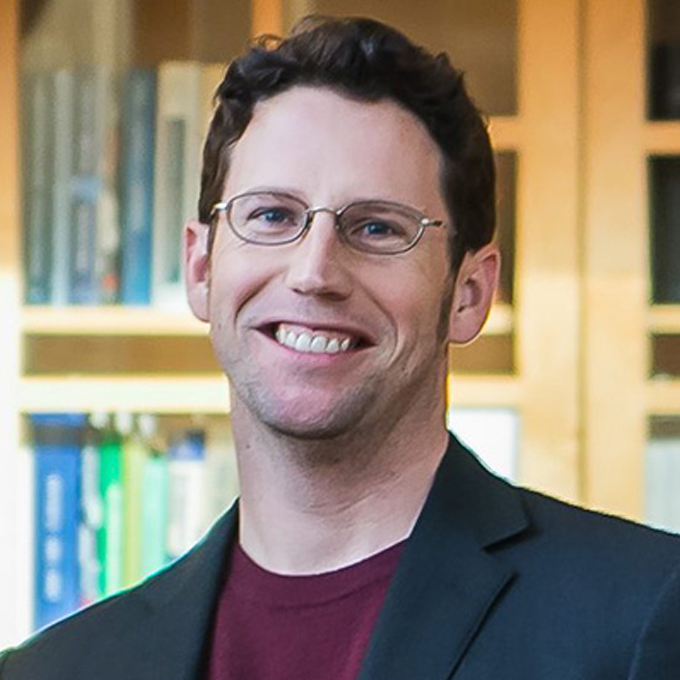
Christopher McKnight Nichols
Historian, Oregon State University
Author, Promise and Peril: America at the Dawn of a Global Age
We could see a dramatic rise in leisure activities and collective gatherings post-pandemic, including live music concerts and sports events. That’s what happened in the 1920s as societies emerged from the 1918 [influenza] pandemic and World War I. In the United States, the rise [in popularity and national prominence] of professional baseball and college football occurred. In Europe, professional soccer expanded. We’re not having fun together right now.
It’s an open question whether social behaviors we took for granted, such as hand shaking and hugging, will endure.

Trustworthy journalism comes at a price.
Scientists and journalists share a core belief in questioning, observing and verifying to reach the truth. Science News reports on crucial research and discovery across science disciplines. We need your financial support to make it happen – every contribution makes a difference.







